
Harajuku Fashion Trends: Top 7 Styles You Need to Know
Harajuku, Tokyo’s vibrant and eclectic fashion district, is famous for its unique, creative, and ever-evolving street styles. Known as the heart of Tokyo’s youth culture, Harajuku fashion is a mix of bold colors, vintage influences, and daring looks that push the boundaries of conventional style. From kawaii (cute) aesthetics to edgy punk looks, Harajuku offers a range of trends that showcase the diversity and creativity of Japanese fashion.
This guide explores seven of the most iconic and influential Harajuku fashion styles, providing insights into each look and tips on where to shop to achieve these styles for yourself.
Contents
1. Lolita Fashion
Lolita fashion is one of Harajuku’s most iconic styles, inspired by Victorian and Rococo aesthetics. Characterized by frilly dresses, lace details, and petticoats, Lolita fashion comes in several substyles, including Sweet Lolita (with pastel colors and cute motifs), Gothic Lolita (featuring darker colors and edgy accessories), and Classic Lolita (a more elegant, vintage-inspired look). Lolita fashion emphasizes modesty and femininity, often incorporating intricate details and accessories like parasols and bonnets.
Where to Shop: Popular Lolita brands like Baby, The Stars Shine Bright, and Angelic Pretty have flagship stores in Harajuku.
2. Decora
Decora is one of Harajuku’s most colorful and playful styles, defined by layers of accessories, vibrant colors, and a “more is more” approach. The style involves stacking numerous hair clips, bracelets, necklaces, and stickers, often with cartoonish or kawaii motifs. Decora fashion typically includes bright neon clothing, printed T-shirts, and patterned leggings, creating a fun, childlike aesthetic that reflects Harajuku’s unique energy.
Where to Shop: Try stores like 6%DOKIDOKI and AC/DC Rag in Harajuku, which carry colorful accessories and clothes perfect for Decora style.
3. Fairy Kei
Fairy Kei is a pastel dream, drawing inspiration from 80s pop culture and cute, nostalgic elements. Outfits in Fairy Kei typically feature soft pastel colors like pink, lavender, and mint green, with motifs from retro cartoons such as Care Bears and My Little Pony. Layers of tulle skirts, oversized sweaters, and cute accessories are common, creating an innocent, whimsical look.
Where to Shop: SPINNS and Nile Perch in Harajuku are known for their Fairy Kei-inspired items, including pastel clothing and retro accessories.
4. Gothic Fashion
Harajuku’s Gothic fashion brings a darker, dramatic edge to Japanese street style. Gothic fashion enthusiasts often wear all-black ensembles with lace, leather, and velvet details, channeling a blend of Victorian elegance and punk rock. Gothic looks in Harajuku can range from refined and elegant Gothic Lolita to punk-inspired Gothic styles with ripped tights, heavy boots, and chokers.
Where to Shop: Atelier Pierrot and Closet Child in Harajuku carry a wide selection of Gothic clothing, accessories, and vintage items.
5. Visual Kei
Visual Kei is a style inspired by Japanese rock and Visual Kei bands, known for their dramatic, androgynous looks and flamboyant costumes. Visual Kei fashion includes bold hairstyles, heavy makeup, and elaborate outfits that mix elements of punk, goth, and glam rock. The look is all about breaking gender norms and embracing individuality through a rock-and-roll aesthetic.
Where to Shop: KERA Shop and Closet Child are excellent stores for Visual Kei clothing and accessories, along with other edgy Harajuku styles.
6. Kogal Style
Kogal, or “gyaru” style, is a youth-driven trend characterized by school uniform-inspired outfits with short skirts, loose socks, platform shoes, and heavy makeup. Kogal fashion emphasizes a carefree, rebellious attitude and often incorporates a tan, dyed hair, and bold accessories. This style gained popularity in the 90s and has seen a recent resurgence with younger fashion enthusiasts looking to revive the retro schoolgirl look.
Where to Shop: Look for Kogal-inspired items at WEGO in Harajuku and Shibuya 109, which have collections of trendy, youth-inspired fashion pieces.
7. Genderless Kei
Genderless Kei is a contemporary Harajuku trend focused on blurring traditional gender boundaries in fashion. This style incorporates both masculine and feminine elements, often featuring oversized clothing, neutral colors, and minimalist designs. Genderless Kei is popular with individuals who prioritize self-expression over conventional gender norms, embracing an androgynous aesthetic.
Where to Shop: Laforet Harajuku and brands like Yohji Yamamoto and Comme des Garçons are known for their gender-neutral collections that fit the Genderless Kei aesthetic.
These seven Harajuku fashion styles capture the spirit of Tokyo’s most colorful and diverse fashion district. Each style offers a unique way to express creativity and individuality, embodying the experimental and open-minded nature of Japanese street fashion. Visiting Harajuku allows you to experience these styles firsthand and shop for pieces that will add a bit of Tokyo flair to your wardrobe.
Share
You may also like
-

Visiting Japan’s Love Hotel Districts: What to Expect
Japan’s love hotel districts are famous for their unique and fascinating blend of privacy, creativity, and a touch of...
-

Top 10 Late-Night Dining Spots in Tokyo’s 24-Hour Cafes
Tokyo’s vibrant nightlife extends well beyond bars and nightclubs, with a thriving late-night dining culture tha...
-

Best Night Tours in Tokyo for After-Dark Adventures
Tokyo’s nightlife is renowned for its energy, vibrancy, and unique blend of traditional and modern experiences. From ...
-

Japan’s Late-Night Food Culture: 8 Best Street Eats
Japan’s late-night food culture is a vibrant experience, especially in bustling cities like Tokyo and Osaka, where de...
-

7 Rooftop Bars in Tokyo for Stunning Views
Tokyo’s rooftop bars offer some of the best ways to soak in the city’s skyline while enjoying drinks, atmosphere, and...
-
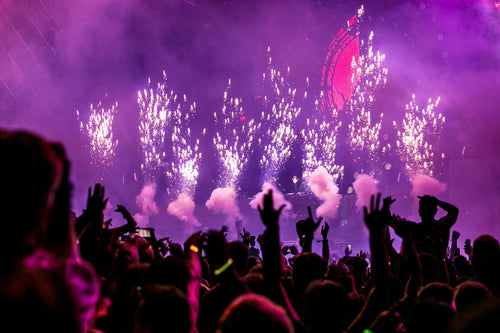
10 Best Nightclubs in Tokyo for Dancing and Music Lovers
Tokyo's nightlife is renowned for its variety and energy, with nightclubs that range from high-energy dance floors to...
-
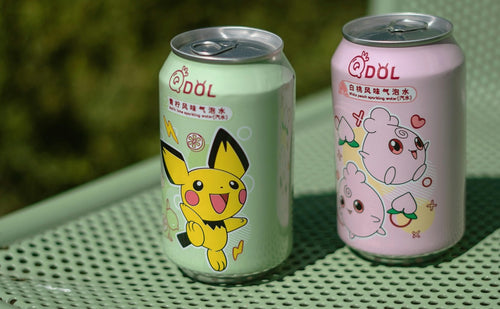
8 Themed Bars and Cafes You Need to Visit in Tokyo
Tokyo is famous for its creative and quirky themed bars and cafes, offering immersive experiences for locals and...
-

Tokyo Nightlife Guide: Shinjuku, Shibuya, and Roppongi Highlights
Tokyo’s nightlife is legendary, offering a mix of vibrant energy, entertainment, and unique experiences in some of it...
-
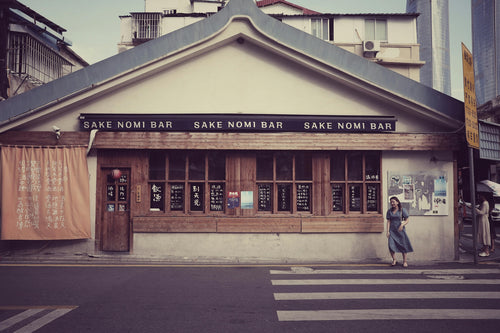
7 Best Japanese Sake Bars in Tokyo
Tokyo is home to some of Japan’s best sake bars, offering both locals and visitors an opportunity to explore the...
-

Top 6 Observation Decks in Tokyo for Scenic Views
Tokyo’s observation decks offer some of the best panoramic views of the city, giving visitors a chance to see th...
-
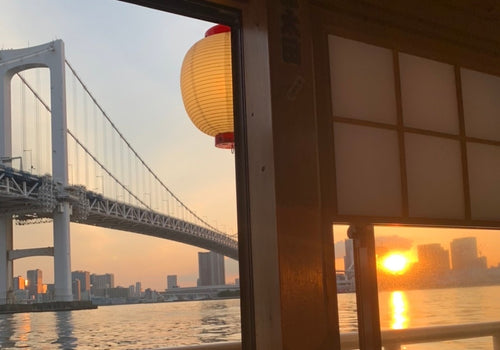
Night Cruises in Tokyo: Enjoy the City Views
Tokyo’s skyline is mesmerizing at any time, but experiencing it from the water on a night cruise adds a magical ...
-
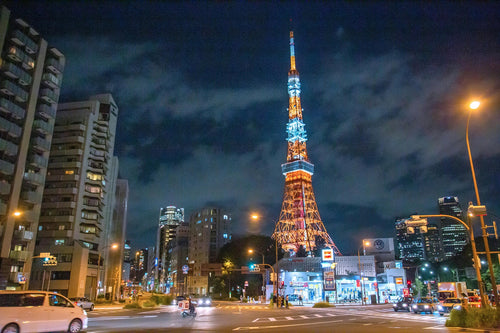
Roppongi Art and Nightlife Guide
Roppongi is one of Tokyo’s most vibrant districts, known for its lively nightlife, sophisticated art scene, and ...
-
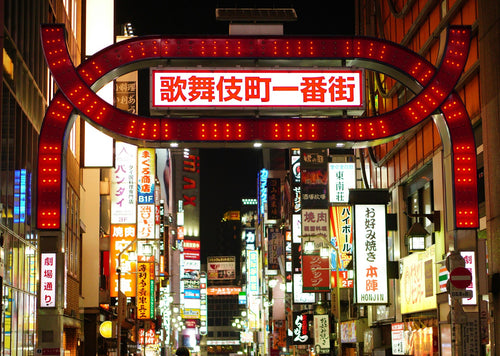
Nightlife Guide to Shinjuku Kabukicho
Shinjuku’s Kabukicho district, known as Tokyo’s “Sleepless Town,” is the center of nightlife in Tokyo. Renowned ...
-

6 Best Night View Spots in Tokyo
Tokyo at night is a breathtaking spectacle, with illuminated skyscrapers, iconic landmarks, and bustling streets that...
-

Top 12 Sake Breweries in Japan for Tasting and Tours
Japan’s sake culture is celebrated around the world for its depth, complexity, and rich history. Sake, or nihons...
-
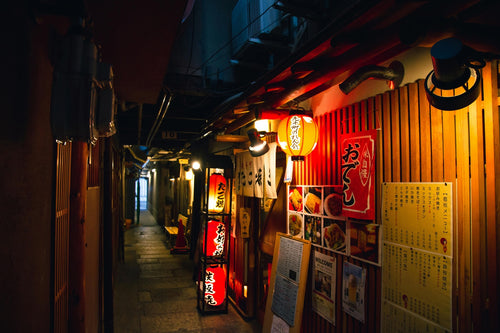
How to Enjoy a Night at a Japanese Izakaya
Japanese izakayas are casual, lively spots where locals gather after work to enjoy drinks, share small plates, a...
-

Exploring Karaoke Culture in Japan: 8 Best Places to Sing
Karaoke is an integral part of Japanese culture, offering a fun and entertaining way for friends, family, and even co...
-

5 recommended bars in Golden Gai
Golden Gai, nestled in the heart of Tokyo’s Shinjuku district, is one of the city’s most iconic bar districts. Known ...
-
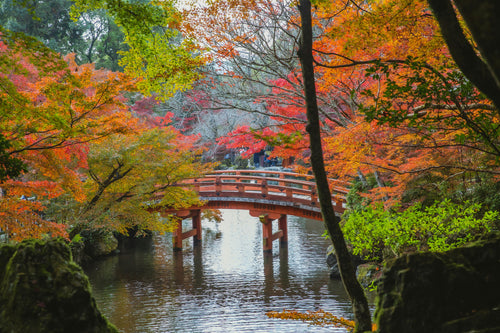
10 Japanese Gardens You Should Visit for Tranquility
Japanese gardens are renowned for their beauty, tranquility, and intricate designs that reflect harmony with nature. ...
-

Japan’s Kimono Heritage: Symbolism, Style, and Where to See
The kimono, Japan’s traditional garment, is a beautiful and symbolic representation of Japanese culture. From its int...
-
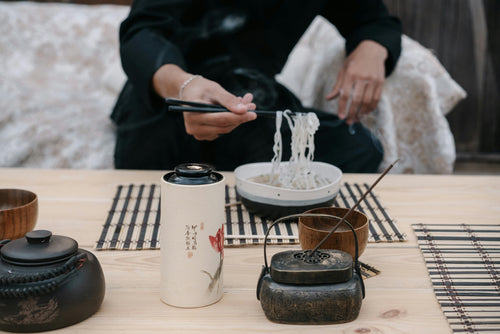
Etiquette Essentials for Visitors to Japan
Japan’s culture is rich in respect, politeness, and consideration, making etiquette an essential part of daily l...
-
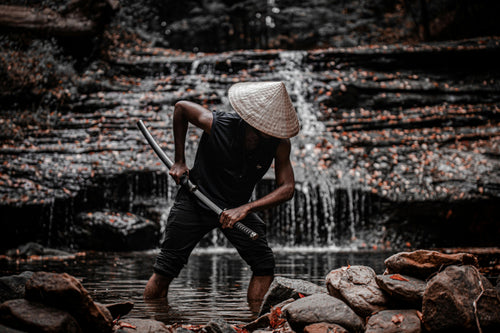
7 Best Places to Discover Japan’s Samurai History
Japan’s samurai history is one of honor, skill, and deep cultural influence, stretching back centuries and leaving an...
-
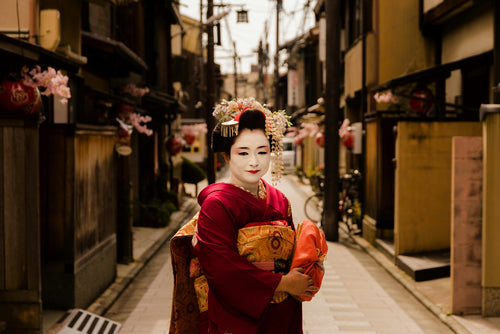
Geisha Culture in Japan: Myths and Realities
The world of geisha, Japan’s skilled performers and keepers of traditional arts, has long intrigued people around th...
-

Japan’s Unique Architecture: Top 8 Traditional and Modern Landmarks
Japan is renowned for its unique blend of ancient architectural heritage and cutting-edge modern designs. From c...
-
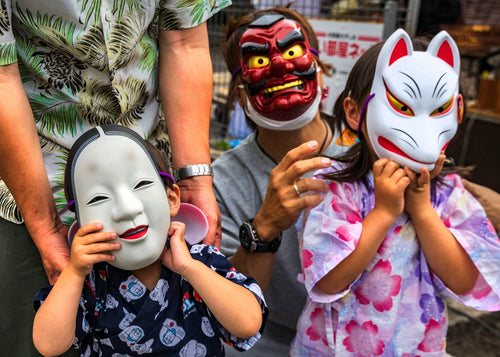
10 Traditional Japanese Festivals (Matsuri) You Can’t Miss
Japanese festivals, or *matsuri*, are vibrant celebrations of cultural heritage, featuring elaborate costumes, l...
-
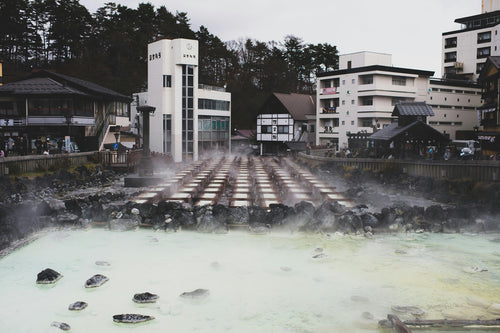
Japan’s Three Great Onsen: A Guide to Famous Hot Springs
Japan is famous for its natural hot springs, or *onsen* (温泉), offering visitors a unique opportunity to relax and rej...
-
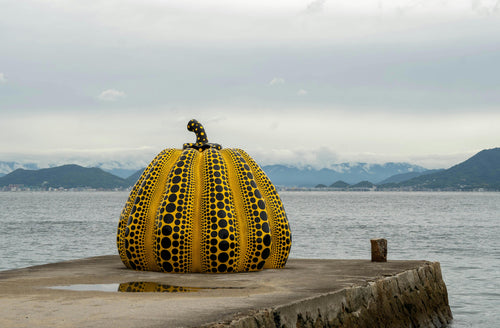
Japanese Art Exploration: Best Spots to Enjoy Art in Japan
Japan is a country rich in artistic heritage, from centuries-old traditional crafts to modern, innovative instal...
-
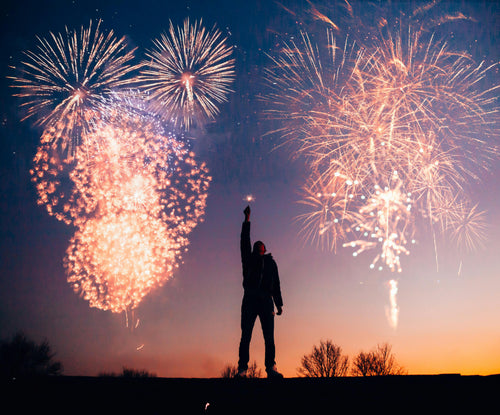
Guide to Japan’s Fireworks Festivals: When and Where to Go
Japan’s summer fireworks festivals, known as "hanabi taikai" (花火大会), are among the most anticipated events in th...
-
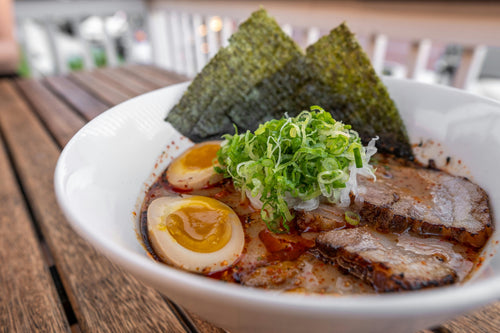
Where to Experience Ramen-Making Classes in Japan
Ramen is one of Japan’s most beloved dishes, with countless regional styles and flavors that attract food lovers from...
-
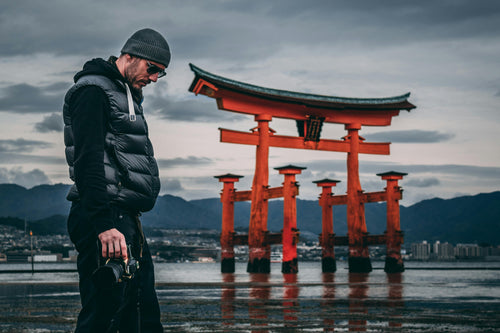
Power Spot Tours: Japan’s Famous Temples and Shrines
Japan is a land steeped in spiritual history, and visiting its temples and shrines provides not only a glimpse i...
-
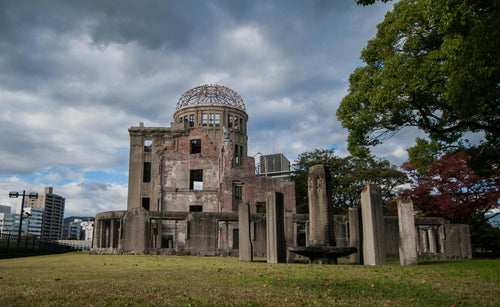
UNESCO World Heritage Site Tour Guide in Japan
Japan is home to numerous UNESCO World Heritage Sites, each offering a glimpse into the country’s rich cultural herit...
-

5 Famous Japanese Castles: History and Highlights
Japan is home to some of the most beautiful and historically significant castles in the world. Built during the feuda...
-
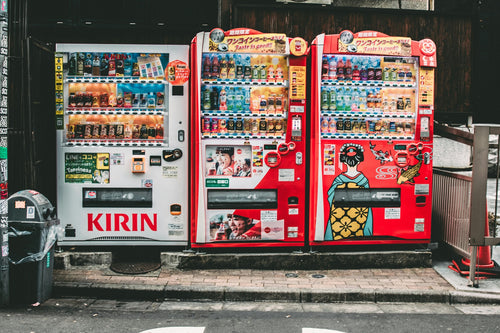
10 Unique Drinks to Try from Japanese Vending Machines
Japan is famous for its vending machines, offering an incredible variety of drinks that go beyond just soft drinks an...
-
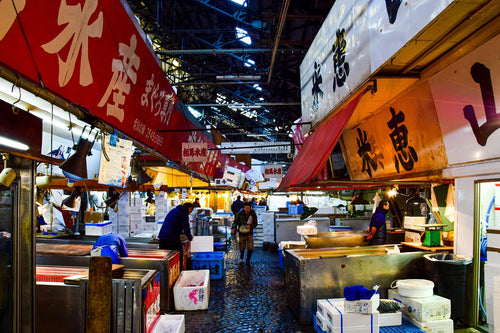
Tokyo Market Guide: Exploring Tsukiji and Toyosu Markets
Tokyo's Tsukiji and Toyosu Markets are must-visit spots for food lovers and anyone interested in Japan’s rich culinar...
-
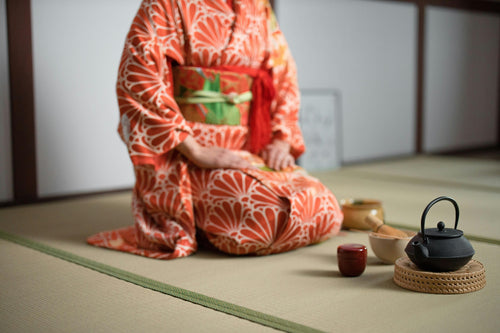
Experiencing Traditional Tea Ceremony in Tokyo
The Japanese tea ceremony, or "chanoyu," is a cultural experience steeped in tradition, aesthetics, and mindfulness....
-
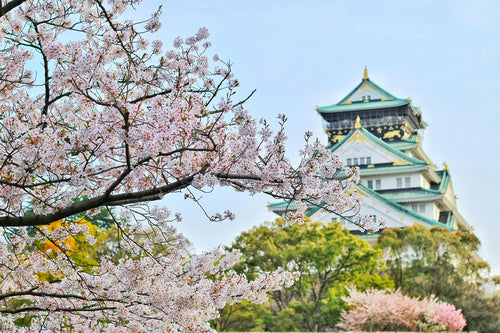
Top 7 Cherry Blossom Viewing Locations in Tokyo
Springtime in Tokyo is synonymous with the cherry blossom season, a breathtaking period when the city’s parks, rivers...
-
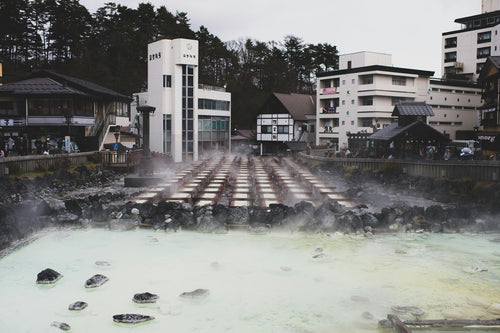
What is Onsen? A Guide to History, Benefits, and Etiquette
Onsen, Japan’s cherished hot spring culture, offers a unique blend of relaxation, scenic beauty, and deep-rooted trad...
-
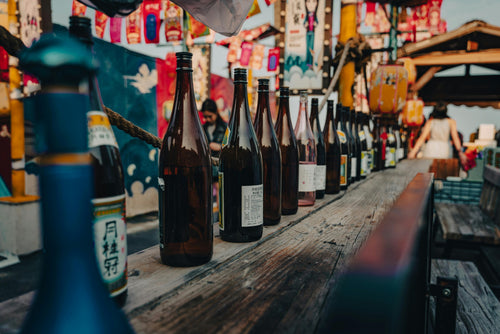
What is Sake? Its Production Method and History
Sake is a traditional Japanese alcoholic beverage made from fermented rice. It has been enjoyed in Japan for over a t...
-

8 hot springs with beautiful scenery near Tokyo
Tokyo is a bustling metropolis, but just outside the city are some of Japan's most serene hot springs, or onsens, off...
-

Top 10 museum to visit in Tokyo
Tokyo is home to a diverse range of museums that cater to all interests, from art and history to technology and pop c...
-
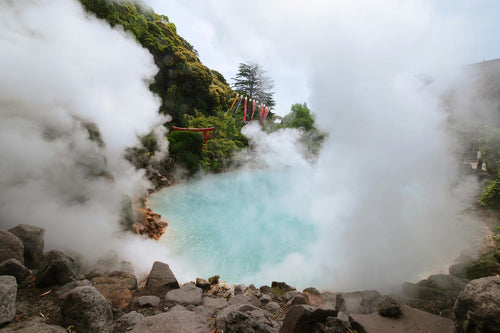
9 Best Hot Spring and Bathhouse in Tokyo
Tokyo is known for its vibrant urban energy, but it's also a fantastic place to relax and rejuvenate in hot springs (...
-
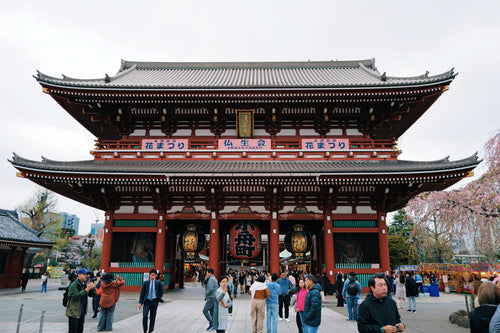
15 Famous Temples and Shrines to Visit near Tokyo
Tokyo and its surrounding areas are home to many famous temples and shrines that showcase Japan's rich spiritual and ...










































